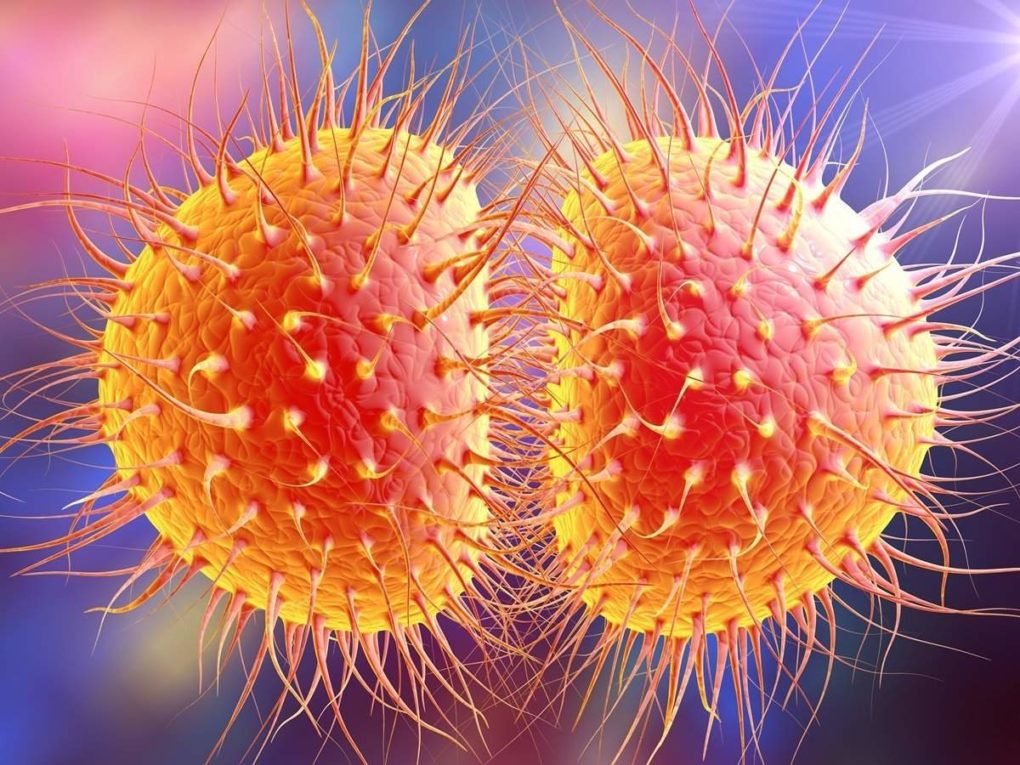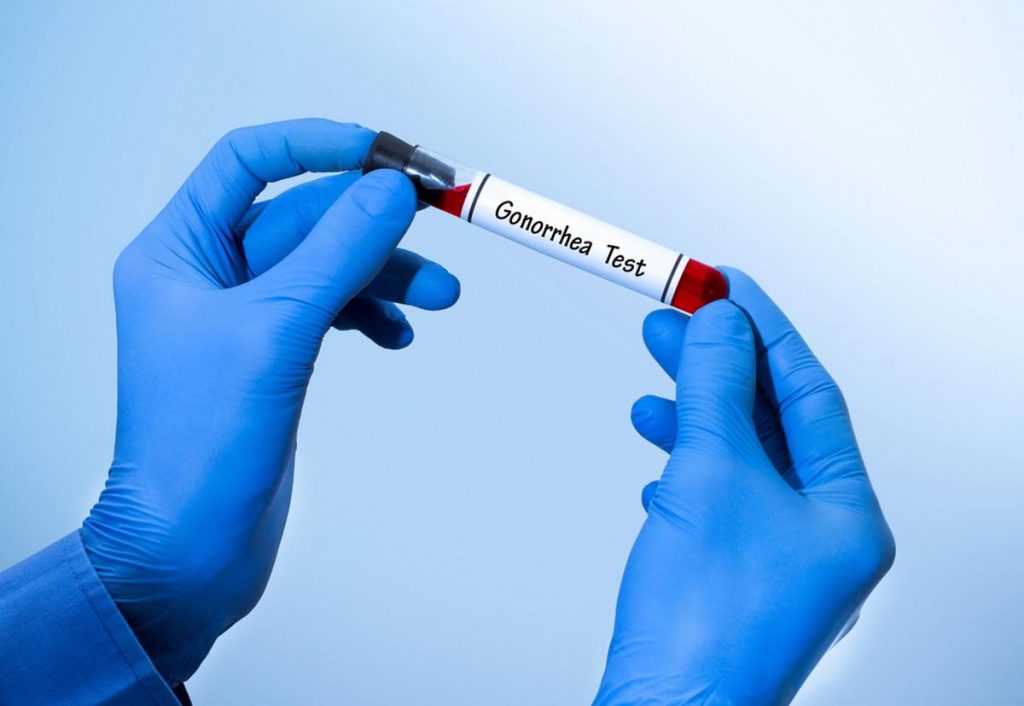what Is Gonorrhea

Gonorrhea is a sexually transmitted infection (STI) produced by the bacterium Neisseria gonorrhoeae, also known as gonococcus. Unfortunately, this is one of the most common STIs in society.
Being an STI, the form of infection will be exclusively through sexual contact with an infected person. This includes intercourse (vaginal sex), anal and oral sex. Although it can also be passed from mother to child at the time of delivery when the baby leaves the vagina.
A very important factor to bear in mind is that the patients do not present any particular symptomatology, therefore it is an asymptomatic condition.
In general, those infected individuals are not aware of their condition (since they do not present symptoms) and therefore are not under any type of treatment. In this way, the disease spreads.
Gonorrhea clinic

Facing the clinic, it is necessary to make a distinction according to the patient’s sex and age; that is, the distinction is made between that which appears in men, women, and children.
In men
Less than 10% of males are asymptomatic. The remaining 90% develops symptoms of gonorrhea. After an incubation period of one week, the following symptoms appear:
- Secretions (looking like pus) for the penis. These secretions appear when urinating and/or tightening the penis; and in some cases, are presented on an ongoing basis.
- Irritation in the generalized pelvic-genital area, and itching or stinging may occur.
- Pain and itching when urinating.
- Testicular pain and inflammation.
In women

More than half of the women are asymptomatic. However, when a woman has symptoms these are usually more serious than in the case of men. In addition, the odds of the picture getting complicated increase. The symptoms that a woman can present are the following:
- Yellow discharge (with pus-like appearance) and bad odor in the vagina and urethra.
- Increased need to urinate and feeling of pain and itching when doing so.
- Redness of the genital mucosa, which may be sore, stinging and/or itching.
- Abdominal pain.
- Bleeding outside the menstrual period.
In women, the greatest risk is for the infection to spread. This results in a picture of pelvic inflammatory disease (PID) which is painful, with a tendency to become chronic, and which can also cause infertility.
On the other hand, the fallopian tubes can also be affected, appearing a salpingitis, the uterus, appearing an endometritis …
In short, the greater complexity of the female reproductive system is what explains that any of the parts can be affected. In addition, by communicating with the abdominal cavity, the infection can spread to other parts of the body more easily.
In children
During childbirth, a baby can become infected with gonorrhea if his mother is infected. This occurs when the baby comes in contact with the secretions and mucosa of the mother’s birth canal, which are contaminated.

In most cases, infected babies develop a type of conjunctivitis called Ophthalmia neonatorum or neonatal ophthalmia.
Currently, this type of conjunctivitis is not occurring so often because, as soon as they are born, babies’ eyes are cleaned with erythromycin in eye drops or silver salts, to avoid any complications.
Other pictures
There is also the possibility that, through gonorrhea, other pictures may develop, although they certainly occur less frequently and depend exclusively on the individual’s sexual practices.
- Anorectal Gonococia. The picture can be produced either by dissemination or by the practice of anal sex. When the rectum is inflamed, pain and stinging can be noted in the defecation, in addition to lesions in the mucosa, in the form of warts and hemorrhoids. Sometimes the stool may be accompanied by pus and blood.
- Pharyngeal Gonococia. It is a picture associated with oral sex. The clinical picture is very similar to that of a common pharyngitis.
Diagnosis and prevention
In order to make the diagnosis that determines that it is a case of gonorrhea, the clinical history of the patient must be evaluated and a physical examination must be performed. Through the exploration, the signs that the patient presents will be evaluated and a discard will proceed.
In the case of women, in addition to the two procedures mentioned, the doctor will ask the patient to have a vaginal cytology to evaluate in depth and thus ensure greater accuracy in diagnosis.

Like all other sexually transmitted infections, the number of cases has increased in recent years. It may seem ironic that, having relatively far-reaching barrier methods (such as condoms) this occurs; however, it is a reality.
In the 1980s, in the midst of the AIDS crisis, fear of contagion prompted the use of barrier methods. Then, with the emergence of effective treatments and new contraceptives, has been “lost the fear” to STIs. This explains the increase in cases.
The only way to prevent this disease is through a good sex education, which will recommend the use of barrier methods when having sex (regardless of whether they are vaginal, anal or oral) and periodically visit the gynecologist (in the case of women) and to the urologist in the case of men.
Treatment of gonorrhea
With regard to the treatment of gonorrhea, this is pharmacological. Specifically, this treatment is based on the administration of antibiotics to the patient. Ceftriaxone is usually given with amoxicillin since it serves to cover the spectrum of chlamydia.
On the other hand, all sexual contacts should be studied and treated, even without being asymptomatic. Likewise, the doctor may recommend the patient to have sexual abstinence at least until the resolution of the picture.














